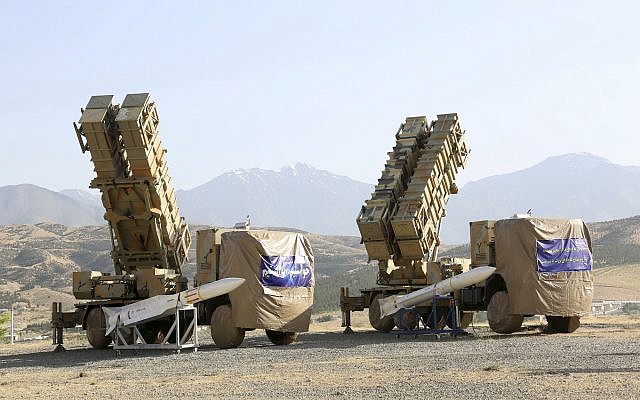No, 20-30 KM is detection range kill range is down to about a dozen. The F117 back in 1999 had no countermeasures or ability to sense radar threats. Although it was detected at 20-30km it was only able to be targeted for attack after it had opened it’s weapons bay door and was only 14km out.
You mean the Iranians still use the 1962 vintage technology ? : )
Anyway, the bomb door was required to establish the altitude of the aircraft.
The position was visible on the 2D radar, but the S band radar hasn't got enough return to see the altitude.
But the system was close to 40 years old at the downing.
The F22 and even more so F35 have a full ECM suite. They are designed to detect Radar emissions and use them to triangulate the source. Allowing them to either navigate around or target it for either electronic or kinetic attack.
They can't do too much about the UHF radars. And the batteries will active they radars only when they are in shooting position, and that is too late to avoid them.
It is not Patriot, with a common search/fire control radar.
As to the latter we don’t know and likely will not know. But I doubt your hypothesis. The Method of Spoofing seems likely as the method of detection. IE they detected its signal likely by its Datalink and then used that to Highjack the Drone.
They didn’t shoot down the drone they crashed it.
Knowing about the Drone and having a rough idea of what it may be up to doesn’t mean being able to detect and attack it.
To be able to use electronic attack on the drone require to know its position. Only way to override the command signal is to use directional antennas.
If they know where is the plane then they can activate the closest defence batteries to shoot it down, or the electronic warfare units to confuse it.
You try to downplay the significance of this downing.
Few important points:
-it was done by an Iranian made system
-They used early warning radars to establish the situation, and later on medium range system to handle the targets - exactly that you can expect to defeat a low observation plane as well
-They know well the actual situation in the area as well - it wasn't just a random launch, it was coordinated from the central air command of Iran.



